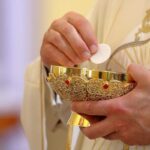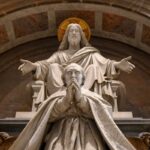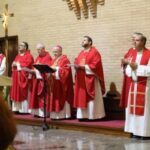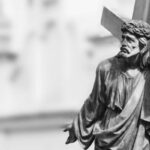We explain what the sacrament of priestly orders is and who can receive it. Also, what are the functions of the priesthood.
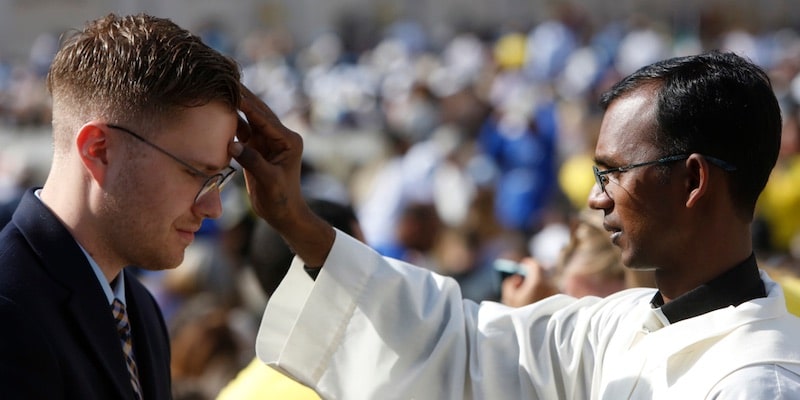
What is the sacrament of priestly orders?
The priestly order is one of the Christian sacraments, that is, one of the sacred rites through which the Christian parish ratifies its relationship with God. Unlike other rites intended for all the faithful, such as baptism or confirmation, the sacrament of priestly orders It is intended for those willing to give themselves fully and freely to religious exercise that is, to live at the service of the Catholic Church and its commitments to the parishioners.
The name “sacrament of order” comes from Roman Antiquity, when it was understood by “order” (ordo) to the constituted governing civil bodies. This term was taken by the nascent Christian Church to baptize its three religious degrees, in which the faithful Christian consecrates himself through the sacrament of order:
- The episcopate (ordo episcoporum) composed of bishops and dedicated to teaching, governing and sanctifying Christian rites, as it is considered the continuation of the work of the apostles of Christ.
- The presbyterate (ordo presbyterum) composed of priests and dedicated to the administration of divine worship, according to the guidelines of Christ the priest and good shepherd.
- The diaconate (ordo diaconorum) composed of deacons and dedicated mainly to charity, preaching and spiritual guidance of the faithful.
The rite of consecration of these religious orders was known as ordinatio (“ordination”) or consecratio (“consecration”), and is understood as the delegation of sacred power (sacra potestas) of the Holy Spirit in the generations of faithful, so that they direct the parishioner in the name of the Messiah and the alliance with God, given that Jesus Christ is considered by the Church as the true and supreme priest of the chosen people.
Initially, the ranks of the Christian Church were assigned directly to the faithful without the need for legal procedures, but Starting in the 9th century, a strict ecclesiastical hierarchy was instituted according to which ordained priests must rise gradually from the lowest to the highest ranks of the organization.
For centuries a distinction was made between the three major orders (episcopate, presbyterate and diaconate) and the four minor orders (acolyte, exorcist, readership and ostiariate), until in 1972 the last four were renamed ministries and only the orders of reader and acolytedespite the fact that there is debate as to whether they are part of the religious sacrament, or simply of the ecclesiastical bureaucracy.
Although the sacrament of Orders is one of the seven Christian sacraments, it is probably the most complex and around which there is less strict consensus regarding its forms, so that in some religious areas they are actually considered two or even three different sacraments. Although in Protestant churches this type of organization does not exist, in the Orthodox Christian Church the requirements for ordination are very similar to those of Catholicism.
See also: Christianity
Who can receive the sacrament of priestly orders?
The sacrament of priestly orders can only be received l The faithful Christians who have received the call of God, that is, who have a religious vocation. must be male and baptized, they must have achieved a certain theological academic degree and meet certain age requirements.
In the vast majority of cases, along with the sacrament, the obligation of celibacy is imposed although since the Second Vatican Council (1962-1965) married men are also allowed to be ordained in certain diaconate positions. Ordination, on the other hand, must be given respecting the ecclesiastical hierarchy: the diaconate is the lowest level, followed by the presbyterate and, finally, the episcopate.
Functions of the priesthood
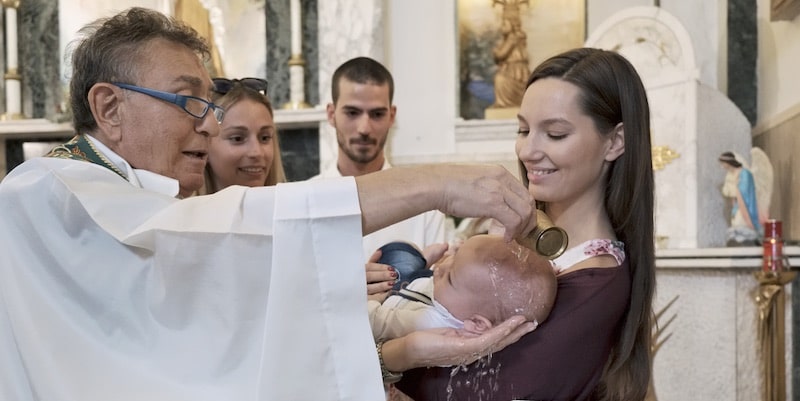
The priesthood, in general, fulfills three essential roles:
- The preaching that is, evangelization: bringing the word of the Savior to all corners of the Earth, given that the mission of the Church is to convert (and therefore save) as many souls as possible.
- The celebration of the sacraments that is, the celebration of fundamental Christian rites, such as mass, baptism, confirmation, marriage rites, extreme unction or priestly ordination itself.
- The conduct of pastoral government that is, the guidance of the Christian flock in the spiritual matters before them and the preservation of the teachings of Christ and the Christian moral model.
Elements and signs of the priesthood
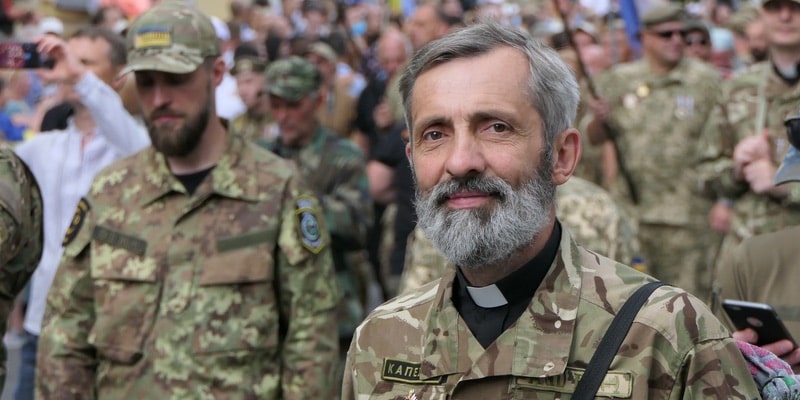
The ordination rites are performed by the corresponding bishop, generally through the laying on of hands about the chosen one and the recitation of different prayers, although they vary depending on the religious order in question. These rites are accompanied by anointing with sacred oils, the reading of biblical passages and the giving of religious symbols such as the ring and the staff (in the case of a new bishop).
The ordination It is considered a permanent ritual indelible, which consecrates the candidate to the service of the will of Jesus Christ and invests him as his earthly representative, so that those who abandon ecclesiastical service (that is, who undertake laicization) do not lose this religious character. To each order, in addition, corresponds a special grace of the Holy Spirit: the bishop is conferred divine strength, the priest or presbyter the grace to act as a religious authority in his jurisdiction, and the deacon the grace to serve the people in the preaching and charity.
Continue with: Symbols of Holy Week
References
- “Sacrament of order” on Wikipedia.
- “Sacramento” on Wikipedia.
- “The Sacrament of Orders” in the Catechism of the Catholic Church on the Official Portal of the Vatican.
- “Sacrament of order” in the Mercaba Encyclopedia.
- “The sacrament of holy orders” in the Roman Catholic Community of Attleboro (United States).
- “Holy order (Christianity)” in The Encyclopaedia Britannica.


